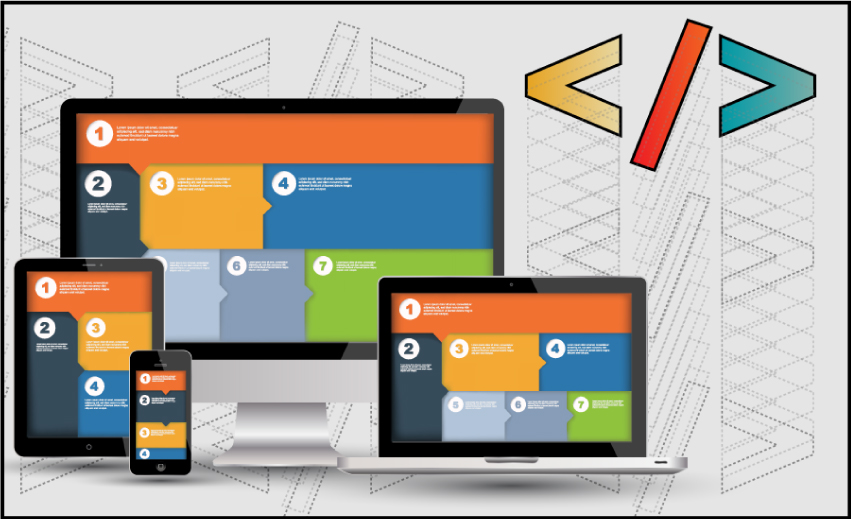
It’s a niched market if you investigate the website designing industry. There is an influx of professionals offering their services for giving you the best in web design and understandably that has restricted the market in a few varieties. I came across a professional who was good with working with ready made templates and just added in details such as an extra panel or a side menu. He spoke +of the trickiest jobs he had to face often and they were usually customization projects. Normally, your client may be well and ok with a template design that you offer to him. The 2nd pitch will be the one in which they will point at certain places on the page and ask questions such as
• “Can this menu be stretched across the screen?”
• “I saw this header in which the images kept fading in and out, can we apply that instead?”
• “Can we add a video player at the side of the page for promotional features?”
• “There is this new responsive template going around..Can we do something similar to that?”
The last one is probably my favorite question because the client is wholeheartedly asking for a template shift in the website. And as much as you would rather not hear these questions, they will appear in front of any web designer in one form or another. Customers and clients are tough in feedback and because they can have certain obstacles in understanding their own business needs, it is up the designers to facilitate them further. Check out what Kothary had to say on feedback from clients and their psychology.
“This conventional wisdom flies in the face of some opposing conventional wisdom, though, that’s best captured by the adage, “Too many cooks spoil the broth.” Or if you’d prefer a far more contemporary reference, look no further than Steve Jobs when he talked to Business Week about the iMac back in ’98: “For something this complicated, it’s really hard to design products by focus groups. A lot of times, people don’t know what they (customers) want until you show it to them.”
Read more about his take on feedback
How does custom design step in
You have to ask questions about the basic mindset that your targeted audience steps into the fray with. They have lack of time, they want an appealing visual in design and a site that is functionally robust. Templates do deliver the said feature in a lot of scenarios but the clients want a little more from their hired designers because from a business perspective; they want to stand out.
One way of going custom
Reduce the work on the HTML end and edit as much of the elements as you can when you are handling the PSD editing bit of it. There is a logic behind this; ever noticed how the HTML coded panels and headers can sometimes be graphically off when the entire page is viewed. This is something which can be easily reduced if the graphics mechanics are handled by someone who is-well actually equipped to handle the graphics. I mean to be entirely honest the HTML encoding is something which was introduced to make the coders’ jobs easier and not exactly to involve the entire design aesthetic by.
Most designers might understand going “custom” as being able to edit the ready made templates into something which is acceptable by the client and I suppose for a starting: that is not the worst definition one can bring to the table. But really, custom design is too flexible and too open to be defined in one manner. For purposes of the PSD to HTML conversion, it might be template edition or just PSD redesigning. With CMS solutions it might be customized CSS bits which add more interactivity to the site. There is no hard and fast rule to it really but it does mean that the designer or the developer has to be an expert on how they approach the subject.
At the end of the day, if the designer is one who can translate the user’s needs and map them out expertly in the graphics aspect then the resultant design is a successful one. Being able to achieve that with a customized design is just a testament to a designer’s skill.
